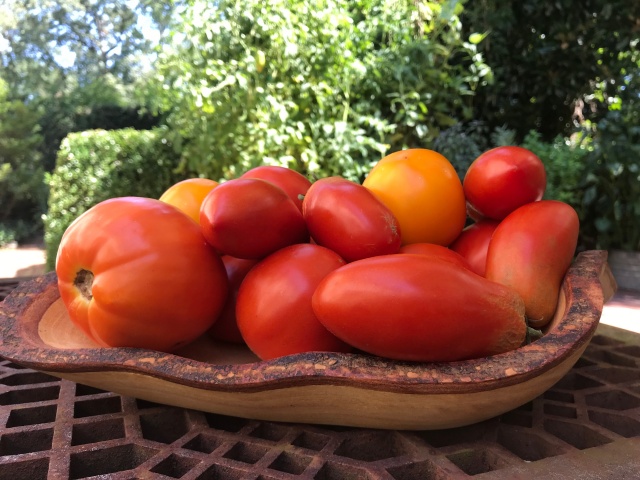“Venezia, Venezia…Chi non ti vede non ti prezia”~
What can I say about Venice that hasn’t already been said over the centuries by people more brilliant than I? Nothing.
The above quote is from Shakespeare’s play Love’s Labour’s Lost and translated in the play it means, “Who understandeth thee not, loves thee not.” Shakespeare obviously loved Italy and Venice. He set many of his plays in Italy’s Veneto region…Verona, Venice, Padova (Padua as it is called in The Taming of the Shrew).
I was excited about finally traveling to Venice—Venezia. It had been on our list of cities to visit in Italy for years, but we held off until this past November. Part of the decision had to do with economics. Venezia è una molto cara città—Venice is a very expensive city, which is why we decided to travel there off-season. Hotels are a lot more affordable—not necessarily cheap—during the off-season. We stayed at the Hotel Paganelli (http://www.hotelpaganelli.com/hotel-venice/chisiamo.php?szLang=en) and had a room overlooking the lagoon—where the Grand Canal connects to the Lagoon. It was a perfect location.
Several Italians friends in Montgomery were thrilled to know that we were going to Venice in November. “The light on the city is so beautiful that time of year. The light is more gray and does wonderful things with the marble. It is much more magical in November than in summer.” I believed them. Venice is notoriously hot, crowded, and displeasingly aromatic during Summer’s high tourist season. I am glad that we were able to avoid the sweltering throngs and go in November.
When we arrived on that Friday morning, it was chilly and rainy in Venice. Gray light, indeed! Arriving into Venice is like no other place in Italy…the train pulls into the station and you are almost immediately at the water’s edge waiting for a valporetto—a water taxi—to take you to your destination along Venice’s canals of “streets.” There is nothing glamorous about the valporetto. It is an inexpensive way for the masses in Venice to get from point A to point B. In a sense, it is Venice’s “on water” subway system. There are private taxis for hire, but those boats can be expensive and, sometimes, just as unglamorous.
Our room at the hotel had tasteful, golden fabric-covered walls, rich woodwork, and a nice marble bathroom. The room wasn’t terribly spacious, but we could fling our window wide open and, standing side-by-side, lean on the sill and gaze out over the lagoon. Directly across from us sat Palladio’s San Giorgio Maggiore and gondolas bounced with the waves in their moorings directly in front of our hotel.
There is something magical about this city and, as the title of this entry points out, there seems to be two views, two perceptions, two atmospheres of Venice. Even in the mist of the afternoon’s overcast sky there was a richness about Venice. It was a friendly elegance. Sophisticated, but elegant. At night, walking through the narrow, twisting, rat-maze-like streets one could imagine the masked and cloaked figures of the Carnevale turning the corner and making you gasp, only to disappear into the misty, yellowed streetlight night. Here, Venice was mysterious, ominous, and disorienting.
I will write more about Venice, its people, and its food over the next several posts. Enjoy the photos and maybe put on some opera—Don Giovanni—to get into the masked and cloaked mood!
Ciao e a presto~
Mark
(**The photos: Statue is in the courtyard of the Doge’s Palace, view from the Hotel Paganelli, and San Giorgio Maggiore at night.)












